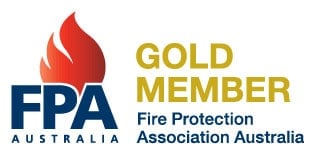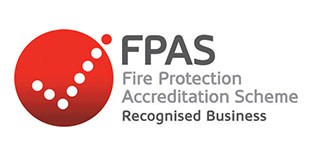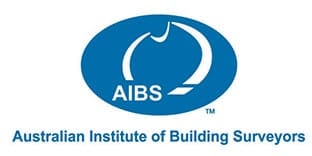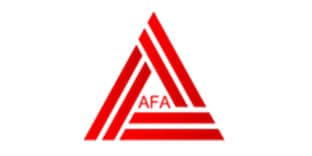Fire Safety services for a commercial building
Workplace hazards are not always obvious, yet they’re dangerous enough to start a fire without warning. Owners and employers are the people responsible for checking all corners of the workplace for fire safety defects.
The Fire Safety Checklist is a useful tool to ensure all measures are taken to create a safe workplace as well as increasing fire safety awareness between employees and clients. If you are running a business in a commercial building and don’t know where to start, here’s a basic fire safety checklist to help you.
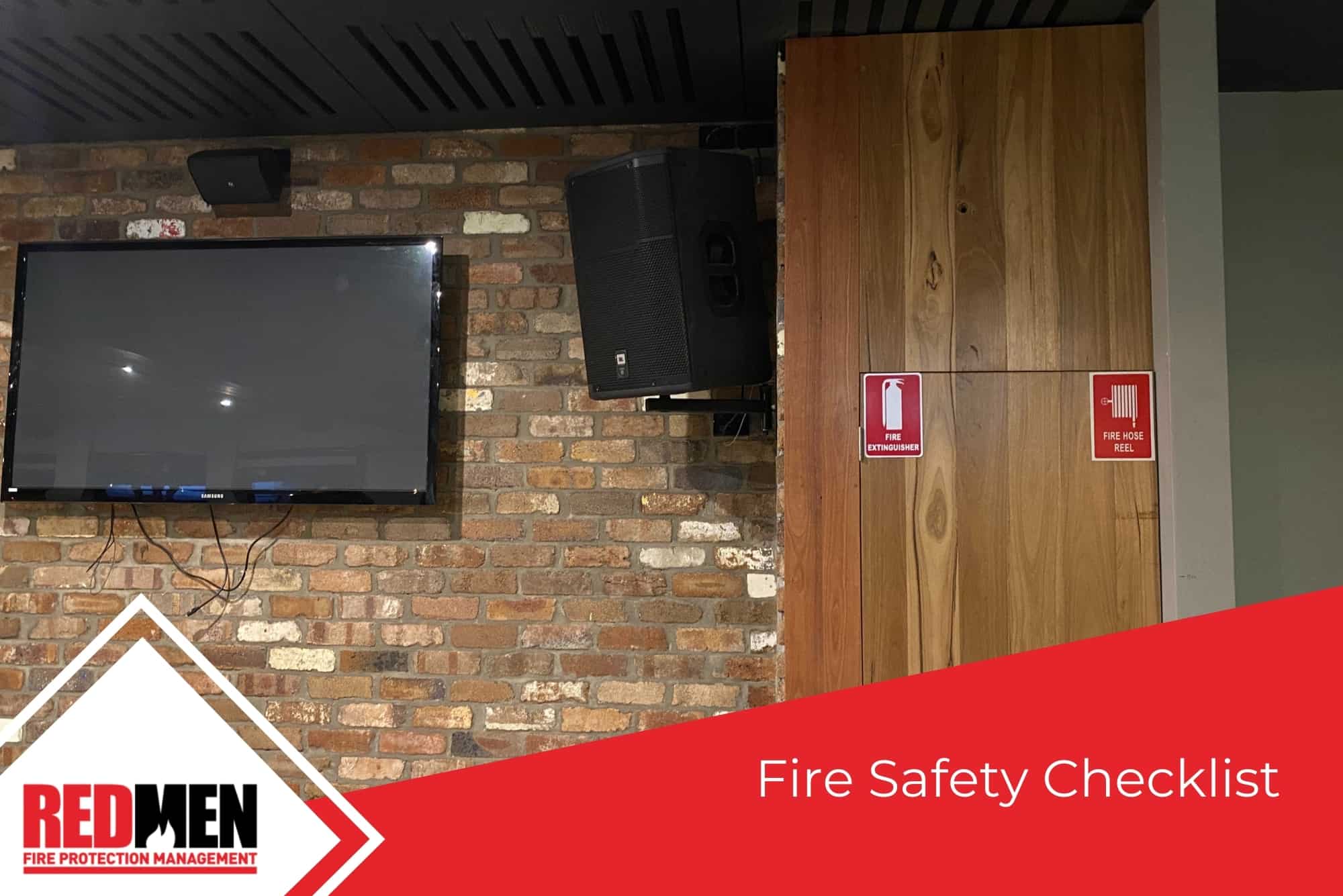
Fire Safety Checklist
1. Special hazards solutions
- The cabinet and internal components of the automatic sprinkler system should be undamaged. Handwheels are fitted to the inlets and outlets.
- A logbook is present to document maintenance inspections performed by a qualified person.
Businesses have 4 basic categories: Wet Pipe solutions, Dry Pipe solutions, Deluge systems and pre-action systems:
- Water spray and mist systems (wet pipe)
This is the most popular water suppression system because it is effective, low-cost, and low-maintenance. Water flows from the activated sprinkler directly into the source of the fire. - Gas and foam suppression systems (dry pipe)
This is used for places that have the equipment used for freezing. Water isn’t held in pipes, but carried there when activated. The pipes are filled with pressurised nitrogen and air, which will only open when a sprinkler head is triggered. - Deluge systems
These have open sprinkler heads and unpressurised dry piping which is directly linked to a water source. Deluge valves release the water to all the open sprinkler heads, opening when triggered by a heat or smoke detection system. - Pre-action systems
Pre-action systems don’t carry water within the pipes. They are filled with compressed air or nitrogen. However, unlike a dry pipe system, a pre-action valve regulates the water flow.
2. Heat Detection And Smoke Alarms
- The fire detection and alarm system should show no faults and be checked using the fire detection and alarm system checklist.
- There should be no device and zones isolated unless work is being done in the area. A plan should also be in place to reinstate the device and zones.
- A logbook is present to document monthly inspections. The inspections should be done by a qualified person.
3. Fire extinguishers
- Fire extinguishers should be placed in an accessible and visible location.
- The distance of the extinguisher from the floor should not be more than 1.5m.
- The fire extinguisher should be checked monthly by a qualified technician.
- The technician should check the bracket still secures the fire extinguisher
- The technician should check for any blockages or cracks.
4. Electric Hazards
- Circuits should be utilised minimally without multi-plug adaptors.
- Big or high voltage appliances should be directly plugged to wall outlets.
- Extension cords should only be used temporarily and for no longer than 90 days. This reduces the risk of accidents and electrical overload.
- There should be a minimum of 90cm clearance between electrical boxes and panels.
- The advent of electric vehicle chargers with the necessary high currents and potentially flammable lithium ion batteries in the EVs presents a new generation of hazard.
5. Storage rooms
- Documents and office materials should be stored in organised shelves and drawers.
- Storage room aisles should have at least 9ocm width and should also be free from clutter.
- Flammable materials like waste or packaging materials should not be stockpiled in areas accessible by the public. This includes areas that are immediately outside the business premises.
- The use of dangerous goods should be compliant with legislative requirements.
6. Fire safety equipment training for personnel
- Workers who may be required to utilise fire equipment need to be appropriately trained, for example:
- All employees should know what type of extinguisher to be used for a specific type of fire
- Dry powder or foam type extinguishers are used if the fire involves or is caused by flammable liquids.
- Carbon dioxide extinguishers are used for electrical fires.
- All employees should know what type of extinguisher to be used for a specific type of fire
7. Housekeeping
- General housekeeping should maintain a clutter-free workplace.
- Combustible waste should be discarded frequently and in proper bins.
- Combustibles should never be stored in electrical or mechanical closets.
8. Emergency warnings and evacuation

Emergency warnings
- Are exit signs and emergency lights working?
- Are exit signs and emergency lights undamaged with maintenance records in place?
- A qualified assessor should check existing emergency lighting and exit signs
- The results should be documented in an emergency lighting logbook every six months as per AS 2293.
- Are emergency lighting circuits labelled correctly, stating “WARNING: Interrupting power supply will discharge emergency lighting batteries”?
- Are emergency lighting switches labelled as per AS 2293.1?
- Are Exit lights clearly visible?
- Exit lights should be mounted between 2.0m and 2.7m from the floor

Evacuation
- Are all emergency exit doors built with public safety hardware?
- Emergency exit doors should swing open from the inside without needing a key.
- Emergency exit doors should open with one downward or pushing motion on one device.
- Paths of travel and exits need to be clear at all times.
- There should be no secondary locking devices installed in the exit doors.
- Smoke and/or fire doors should remain free from obstructions.
- An emergency evacuation plan should be in place. This specifies how people should evacuate the premises and where they will assemble during an emergency.
- The emergency evacuation plan needs to be displayed where everyone can see it. Practice the plan with the employees every six months. Redmen provides evacu
- First aid facilities and first aid trained personnel should also be available.

Redmen Fire Protection Management perform Fire Safety Services for Commercial Buildings
Regularly reviewing and ensuring your commercial building’s fire protection and detection capability is essential in keeping the workplace safe for your staff and clients.
Redmen focuses on installing fire detection, fire protection and fire extinguishing systems fire protection building code audits and certification. Our approachable team gives options and recommendations in Newcastle, Central Coast and Sydney that are cost-effective and modern. Get in touch today!

